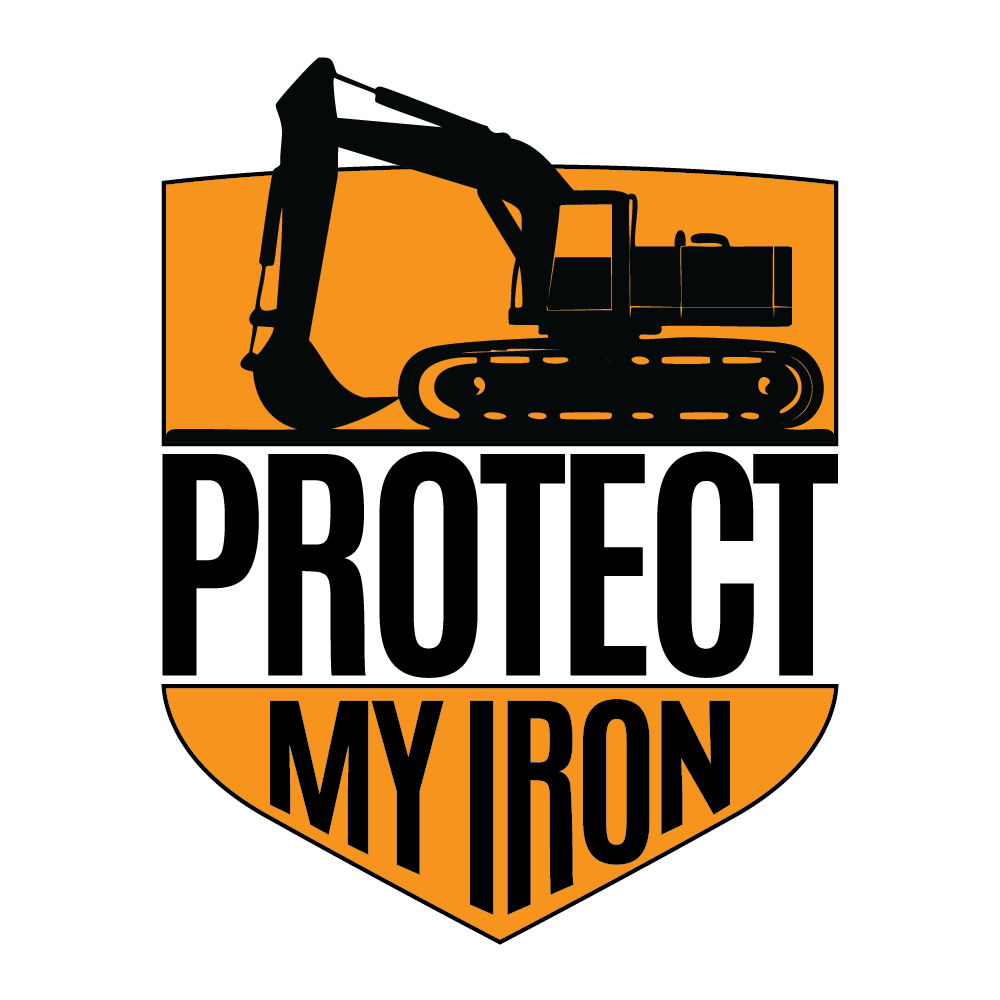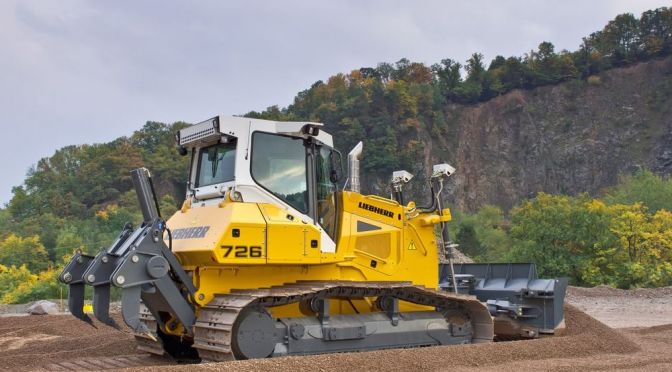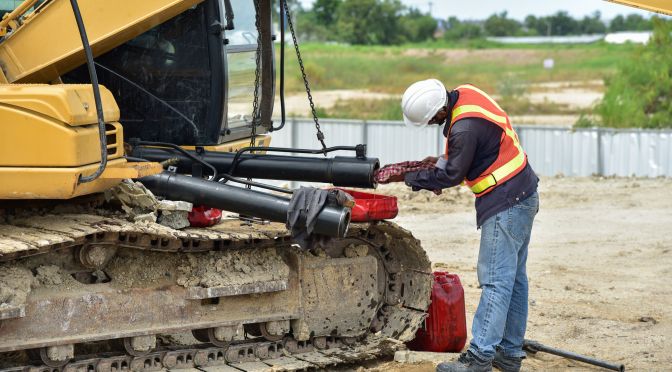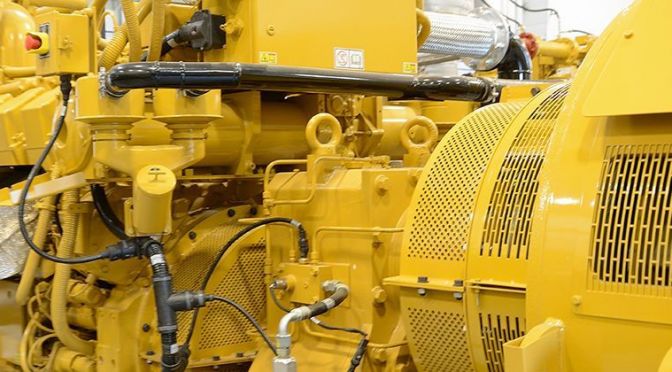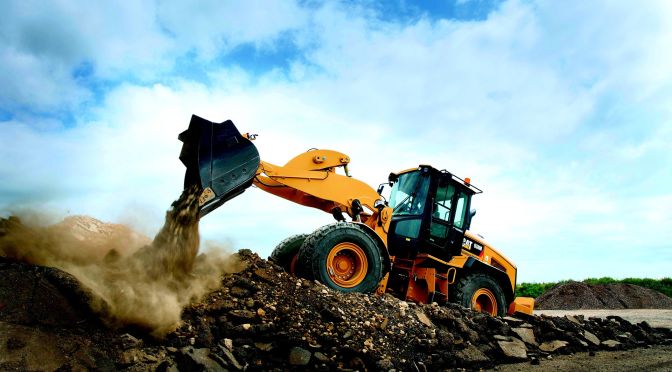Bulldozers are famously tough and durable, unfazed by rough terrain or other difficult working conditions. In order to keep them running smoothly and performing at peak levels – and to prevent having to make a claim on your dozer warranty – it is essential to follow a comprehensive preventive maintenance routine.
Dozer WarrantyDozers provide the power to perform many fundamental construction and mining tasks. They are iconic when it comes to earthmoving and road building – most known for their ability to push (and sometimes carry) heavy loads. But dozers are commonly also used to demolish and remove material from trees to rock as well as to excavate or level areas. They can rip out old asphalt and stay busy in winter pushing snow.
That work requires a lot of moving parts, especially the tracks that give these machines their stable footing. All of these parts must be protected. Yet one thing owners and operators rarely think about is the final drive, formally known as the final drive reduction unit. What would a bulldozer be if you couldn’t move forward and reverse? Useless! That’s how important your final drives are! Wear and tear is common on these components but also commonly overlooked.
How it Works
The final drive reduction unit is made up of a hydraulic motor that drives a set of reduction gears. In turn, these gears increase the amount of torque the hydraulic motor is able to deliver to the track assemblies.
The final drive is the workhorse of the bulldozer. It propels the machine through all types of site conditions. Whether you’re on a zero percent grade or fifty percent grade, the final drive can handle the torque required for the job – as long as it is maintained properly.
WHAT COULD GO WRONG?
Site conditions offer challenges beyond steep or rough terrain. Often, machines have to contend with sand, gravel, water or mud or salt water. Any of these can damage the internal components of the final drive — the very expensive internal components – if they find their way into the final drive assembly.
How to Prevent Problems
The first step is to ensure techs and operators are fully familiar with maintenance requirements for your specific dozer, as outlined in the owner’s manual. In general, daily pre-operation visual inspection of moving parts – especially the tracks and seals, etc. that protect the final drive.
Regular oil changes and fluid inspection are essential, especially if the machine has been working in wet conditions. Because final drive units often work in extreme environments, oil analysis may also be beneficial at the time of each service. This can provide data that shows trends in how the reduction unit is wearing internally, without having to remove and disassemble the unit.
Be sure to perform regular preventative maintenance services on schedule, and retain documentation of those services for your records. You’ll need this data for your own business planning, but also in the case of any future dozer warranty claim. Both base warranties and extended warranties will require proof of maintenance as part of any claim adjustment.
SOMETHING COULD STILL GO WRONG
Failures can still occur, even when owners and operators perform diligent inspections and preventive maintenance. If that happens and your machine is still covered by its original OEM warranty, you can file a claim. For older equipment, however, the only way to continue protecting your investment is by securing an extended dozer warranty.
PMI offers a range of Protect My Iron extended dozer warranties. Owners can customize their dozer warranty in terms of length, which parts are covered (certain key components or the entire machine) and optional factors such as rental availability. PMI also offers easy-to-use, comprehensive software that enables owners to store and manage all equipment warranty and claims data in one location.
